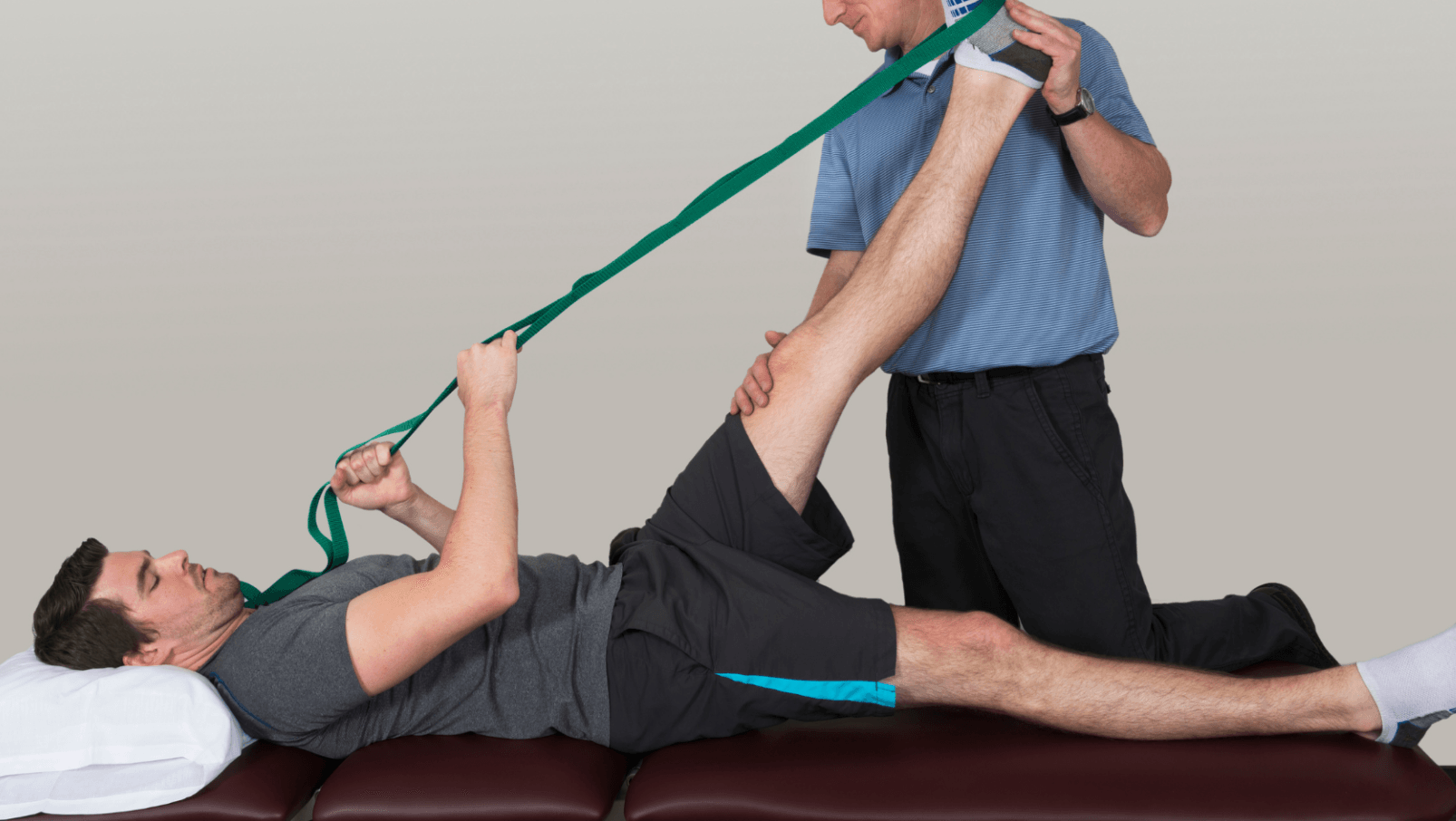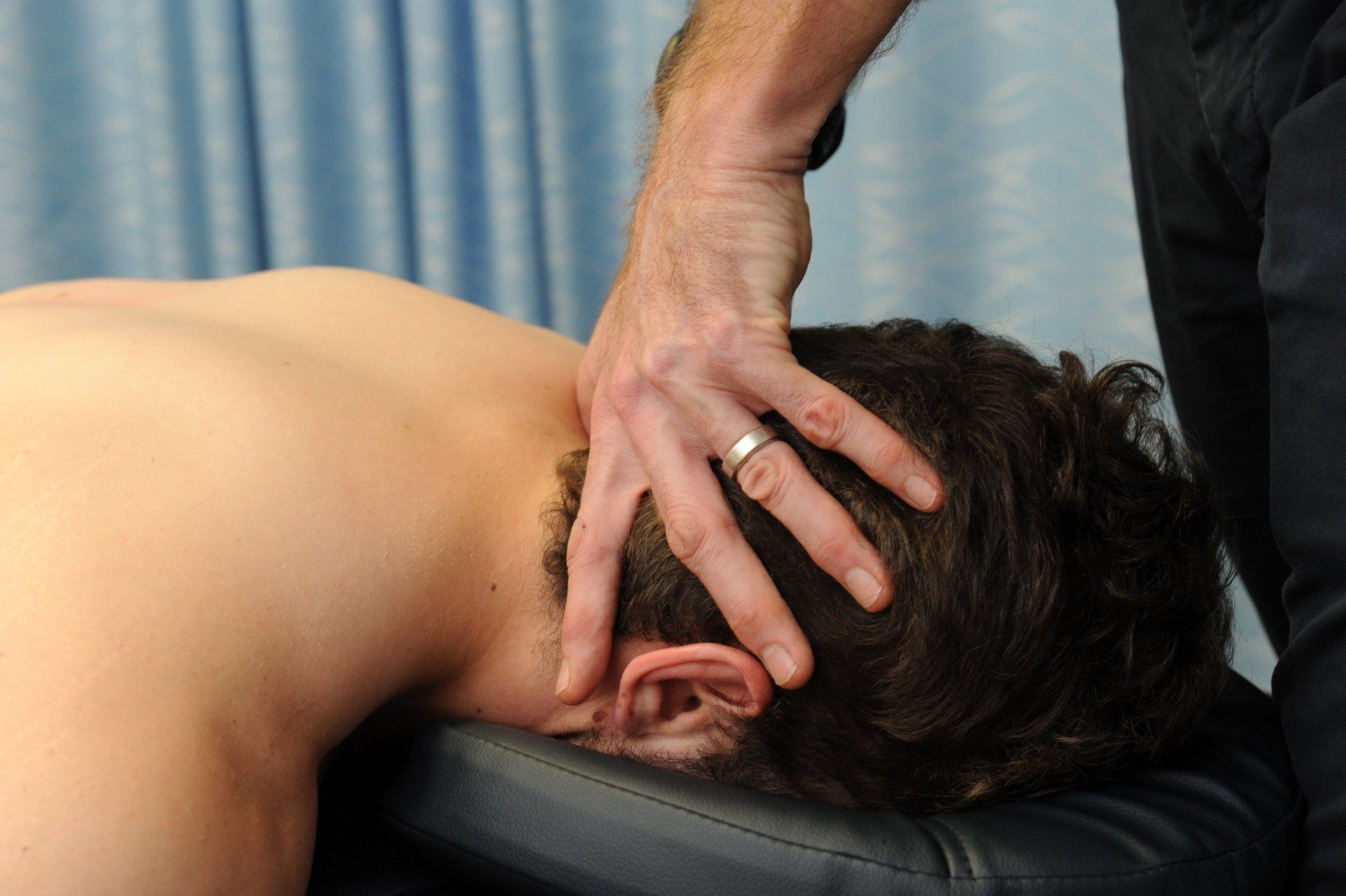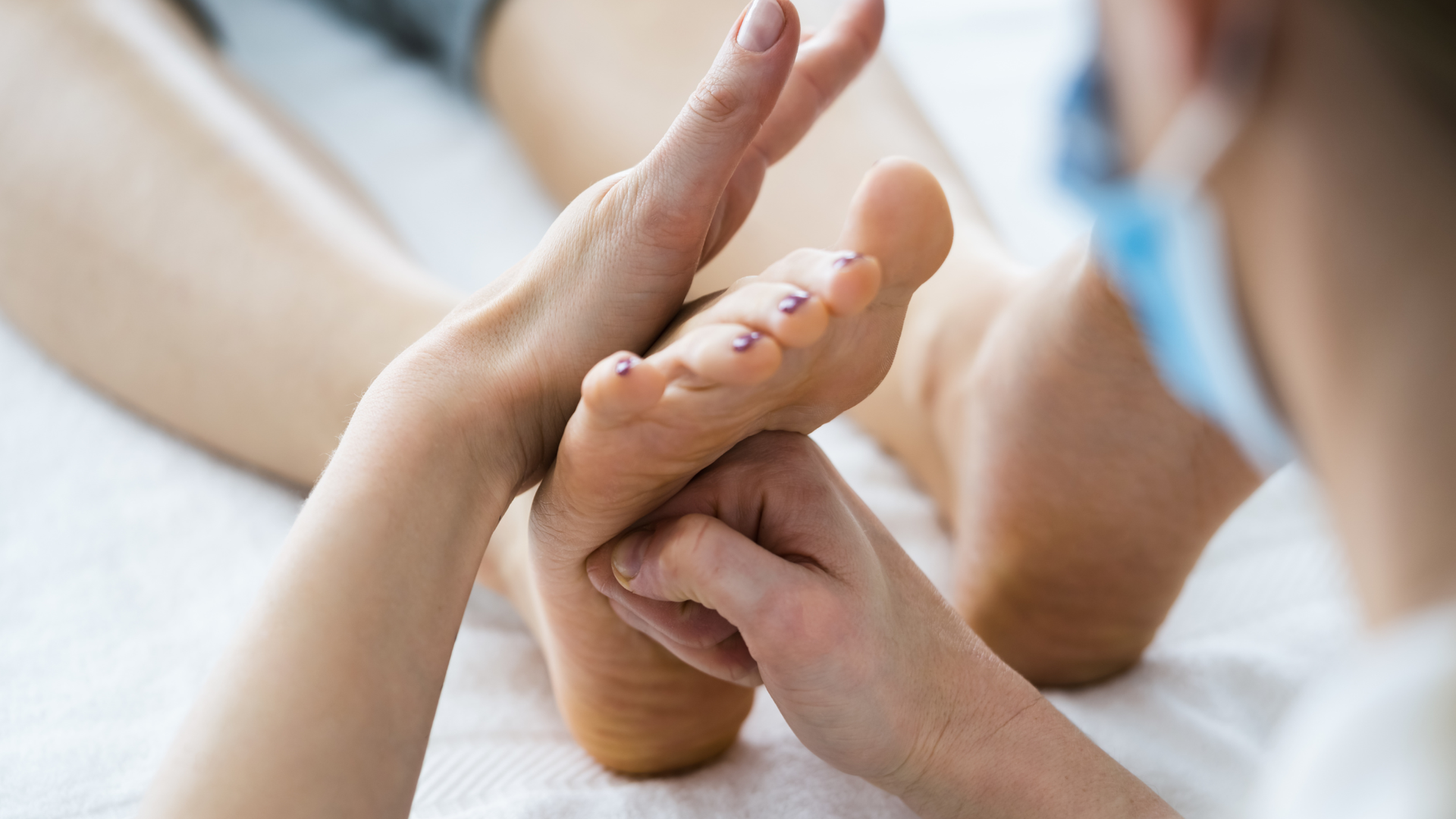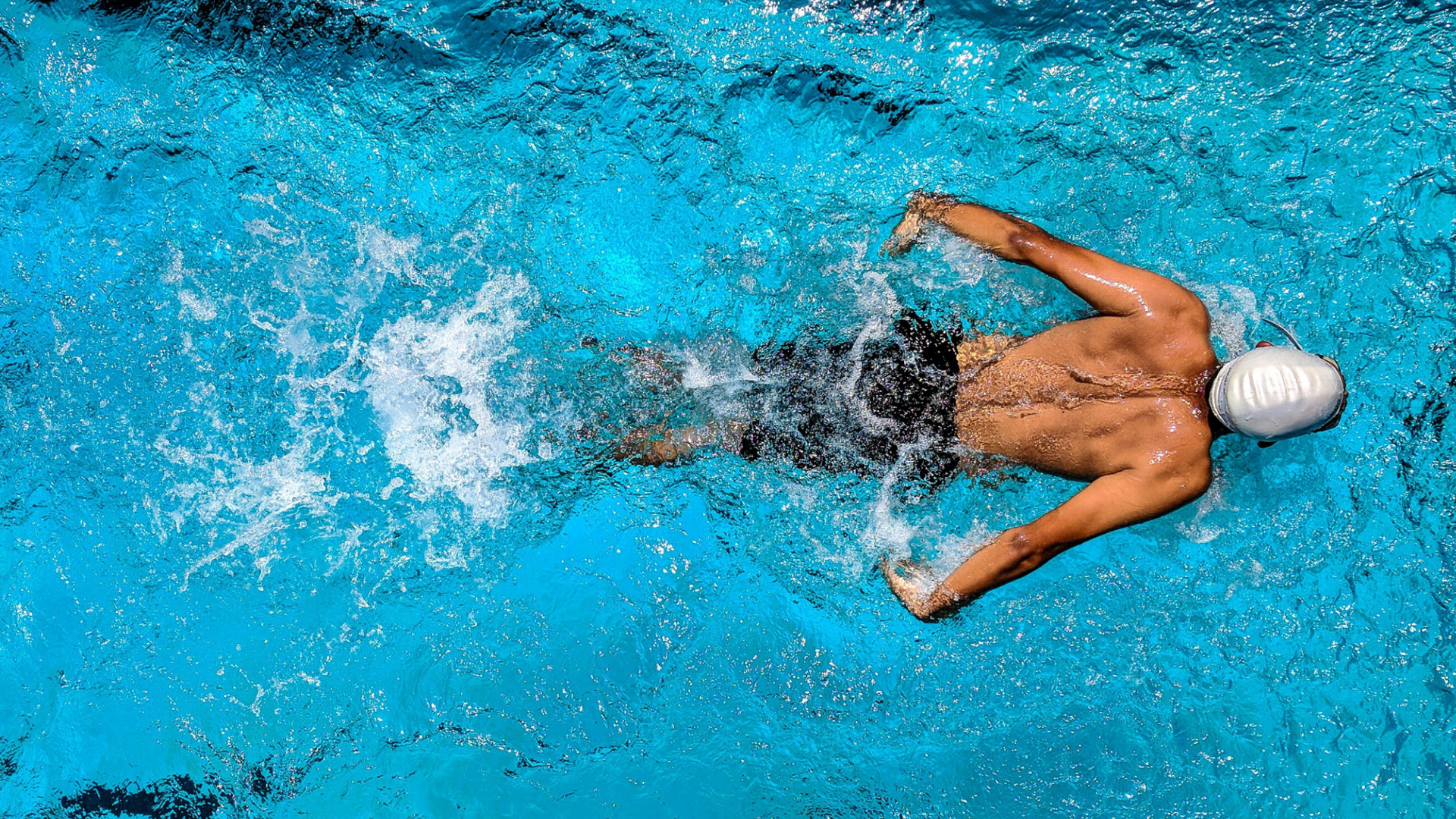Hamstring Strain
Hamstring injuries happen. How we manage them is the key.

If you have ever done a ‘hammy’, as it is known in Aussie sporting vernacular, then you’ll know the combination of instantaneous grabbing, anguish and pain that accompanies them. For Aussie rules and English premier league fans, they are a weekly occurrence, changing a player and their club’s prospects in an instant and, in some instances, their season or career.
Hamstring muscle strains are common injuries in sports that require maximum sprinting, kicking, acceleration, and change of direction. The injury mechanism has been called the “high-speed running” mechanism. A second injury type has also been described as a “stretch” injury. This occurs during movements leading to extensive lengthening of the hamstrings, such as high kicking, sliding tackles and sideways splits. The distinction is important to make as the “stretch” injury may have a more prolonged recovery1.
Nuts and Bolts
The hamstrings are a group of 3 muscles located in the back part of the thigh. They originate at the pelvis, cross the back of the hip joint and span the entire length of the thigh to insert just below the knee. Two of them insert on the inside of the knee while one, biceps femoris, inserts on the outside of the knee. Click here to see how to palpate the distal hamstring tendons and click here to take a peek at the anatomy.
Because they cross both the hip AND the knee joint the hamstrings are referred to as a two joint muscle and is one reason they are particularly susceptible to strain injury.
Risk Factors and Injury Prevention
By far the greatest risk factor for a hamstring strain in the future is a past history of a hamstring injury. Football players with a previous hamstring injury have a seven-times higher risk of injury than players with no injury history2. On average, repeat injuries also result in a 30% longer absence from football3. Other risk factors for hamstring strain are older age and increased peak quadriceps torque6. The latter basically means the hamstring is working against a greater opposing force.
According to numerous recent studies, almost two-thirds of hamstring injuries might be prevented by increasing eccentric strength of the hamstring (muscle lengthening). One of the more popularised modalities of eccentric strengthening is the Nordic hamstring exercise4. This exercise in some cases has seen athletes reduce their risk of hamstring strains by 51%5.
Many sports are also introducing injury prevention programs, such as the FIFA11+, into pre-season and in-season training sessions. While many of these are aimed at ACL injury prevention, the sport-specific movement patterns they include might assist in reducing hamstring injury as well.
Grades of Injury
Hamstring injuries are graded as either a Grade 1, 2 or 3.
- Grade 1 - there is minimal disruption of muscle fibres. There is discomfort at end range stretch and there is discomfort with some resisted activity, however overall strength remains above 80% of expected.
- Grade 2 – there is variable disruption of muscle fibres. There is discomfort reported with normal activities (walking, bending forwards). Strength is reduced below 80% normal capacity and stretch range is reduced. It is important to understand that Grade 2 injuries represent a greater spectrum of injury and physiotherapists will use a sliding scale to illustrate the degree of muscle fibre tearing and associated symptoms.
- Grade 3 – there is complete disruption of muscle fibres. These types of tears will often require assessment by an Orthopaedic surgeon and may require surgical repair.
Injury Management
A significant amount of time is lost from competition and training (18 days on average) after a hamstring strain injury which can be devastating for athletes and sport teams. A major problem with hamstring strains is that coaches and athletes must deal with the frustration of persistent symptoms and a high percentage (12–31%) of reinjuries5.
As with all soft tissue injuries, early assessment and management is key. While use of R.I.C.E is still advocated by many sports trainers and coaches, sports physiotherapists and doctors prefer to apply the acronyms PEACE (days 0-3) and LOVE (day 4 onwards). Read more about these here.
Early intervention should aim at educating the athlete and protecting the injured tissue. The goal is to prevent further injury and promote early tissue recovery. Dependent on the grade of injury, this might include variable amounts of rest, activity avoidance, compression and elevation, and gentle activation. Physiotherapists will often focus soft tissue treatment on areas around the injured site such as the gluteals, opposite hamstrings, quadriceps and calf.
As the acute phase settles, it’s time to give that injured hamstring some LOVE – gradually loading up the muscle, using techniques to improve blood flow to the area, prescribing exercises and monitoring the outcomes. And there is plenty of positive reinforcement and education about the injury.
Return to Sport
Return to sport is largely dictated by the grade of the injury and the success of the rehab program. As a ball-park figure, Grade 1 injuries generally return to sport around 10-14 days, Grade 2’s around 21-28 days (although a high Grade 2 may be 6 weeks) and Grade 3’s up to 3 months. This is just a guide though, as many factors can influence whether the athlete can return at a particular period, including exposure to appropriate training loads and volumes, post-training symptoms, number of previous injuries, type of sport and position in team, and athlete confidence in the muscle.
The Take Home
The only way to manage a hamstring injury successfully is through a comprehensive assessment, treatment and return to sport plan. If you have injured your hamstring, get seen early and give PEACE a chance. This is the time to nut out your program and give you direction and confidence in how to manage the injury. Once the acute phase has passed, lean on your physio for advice and guidance and stick to the plan. It will take time, dedication, and diligence, but that hamstring can recover and a successful return to sport achieved.
If your looking for some more information on the management of hamstring injuries, check out this perspective from the Journal of Orthopaedic Sports and Physical Therapy:
Injured your hamstring? Give us a call.
At Movement for Life Physiotherapy, we can assess your hamstring, diagnose the cause, and provide you with a comprehensive treatment plan to help get you back to the things you love doing sooner.
Give us a call now or click on BOOK AN APPOINTMENT to book online.
References:
- Askling CM, Malliaropoulos N, Karlsson J. High-speed running type or stretching-type of hamstring injuries makes a difference to treatment and prognosis. Br J Sports Med. 2012;46(2):86-87.
- Ekstrand J, Hagglund M, Walden M. Epidemiology of muscle injuries in professional football (soccer). Am J Sports Med. 2013;39(6):1226-1232.
- Ekstrand J, Hagglund M, Walden M. Injury incidence and injury patterns in
- Professional football: the UEFA injury study. Br J Sports Med. 2011;45(7):553-558.
- Thelen, D, Chumanov, D, and Hoerth, M. Hamstring muscle kinematics during treadmill sprinting. Med Sci Sports Exerc38: 108–114, 2009.
- Frekleton G and Pizzari T (2013). Risk factors for hamstring muscle strain injury in sport: a systematic review and meta-analysis. British Journal of Sports Medicine, 47, 351–358.








